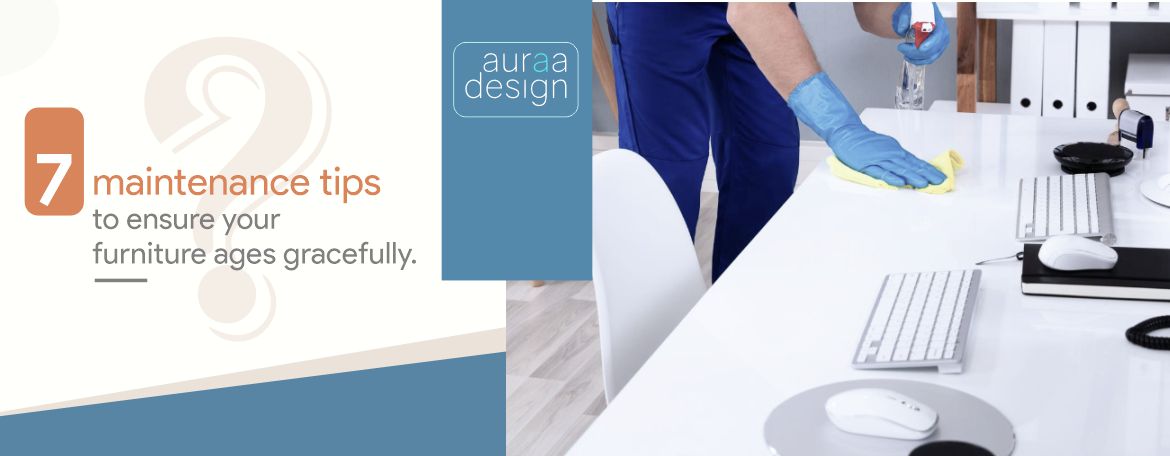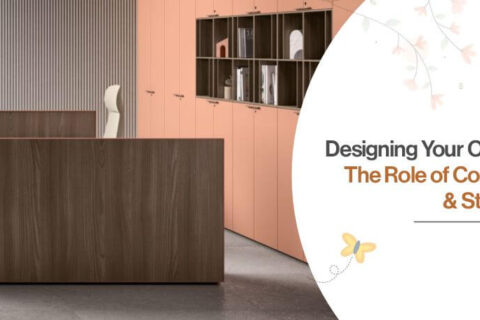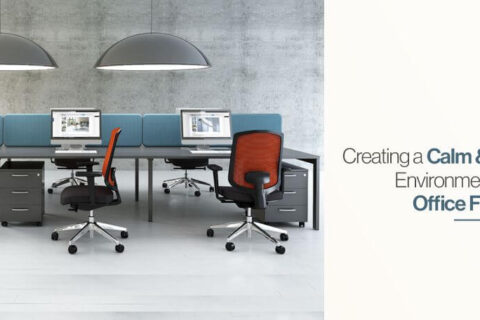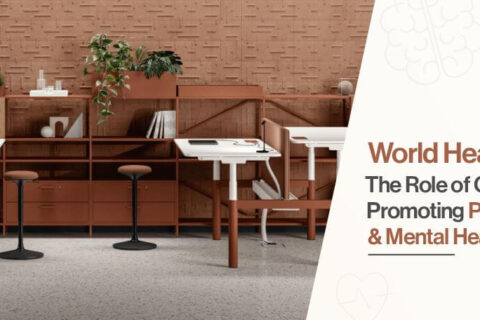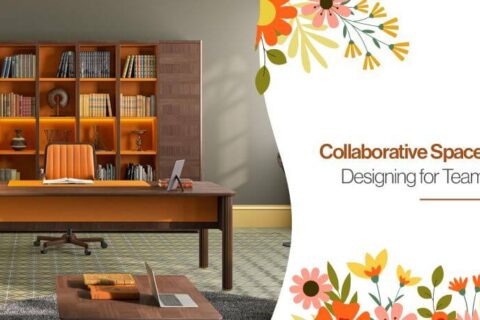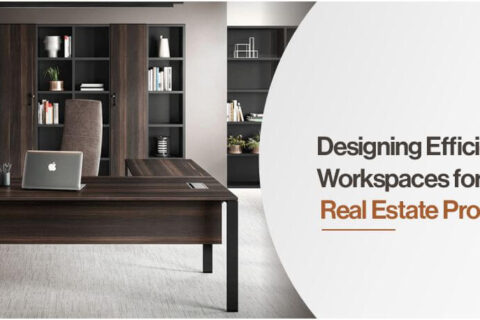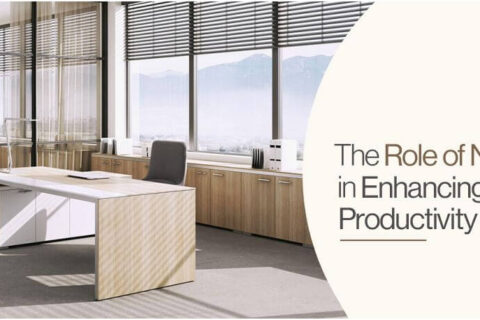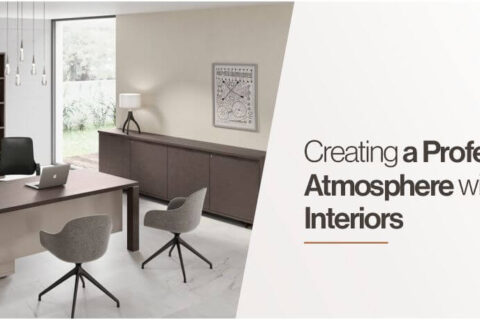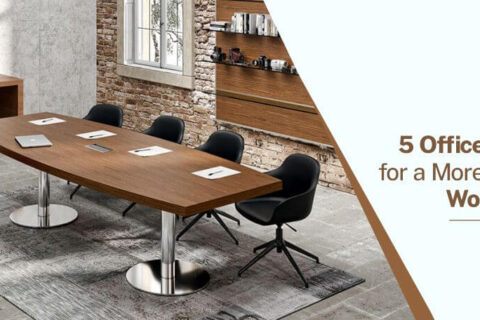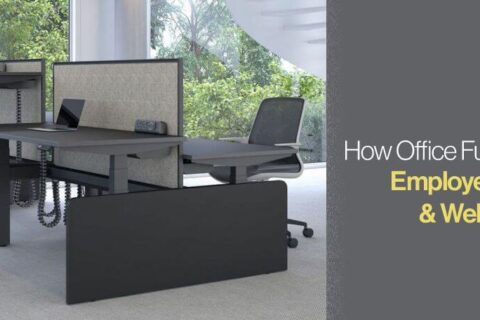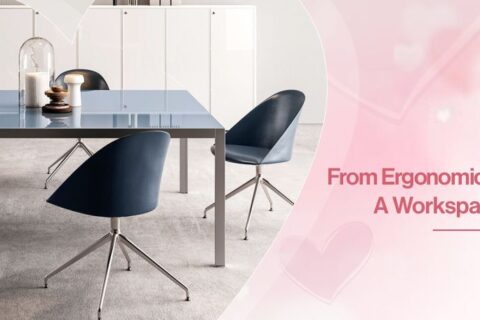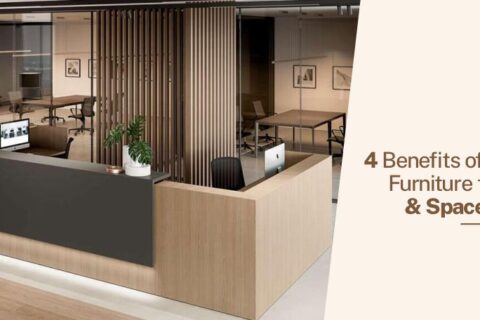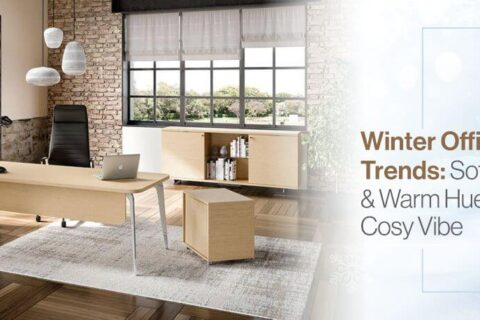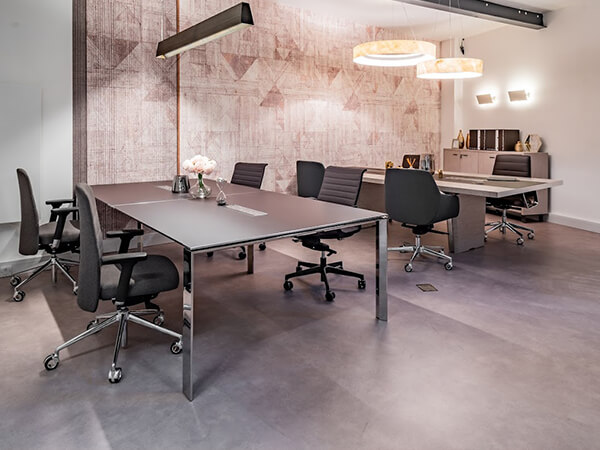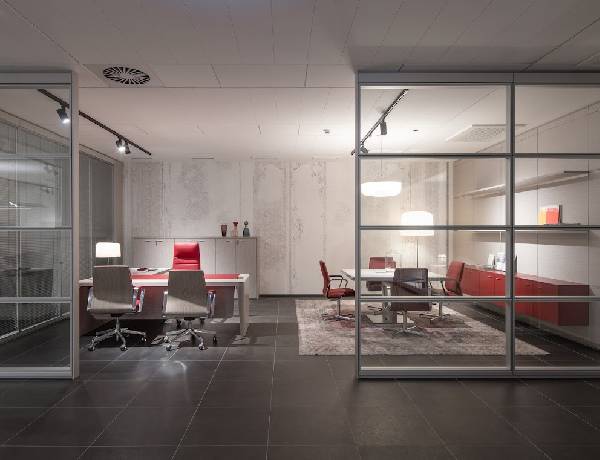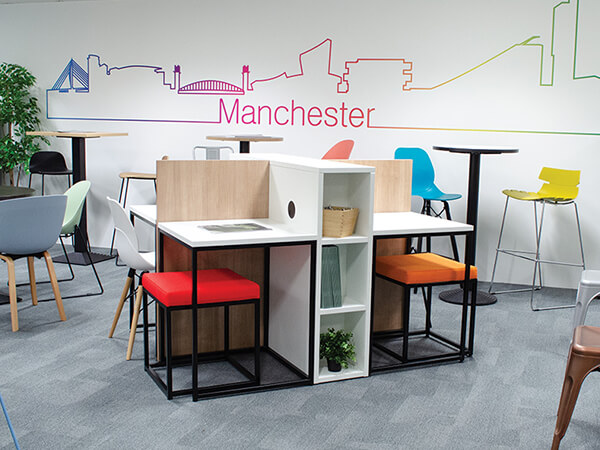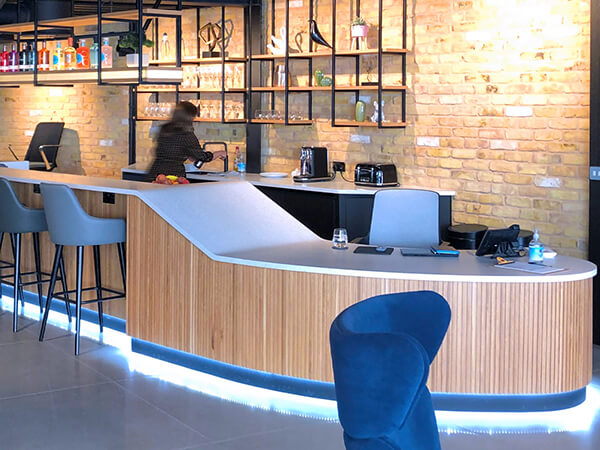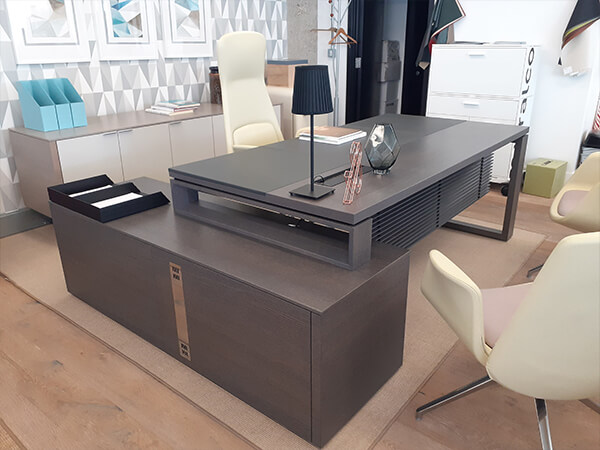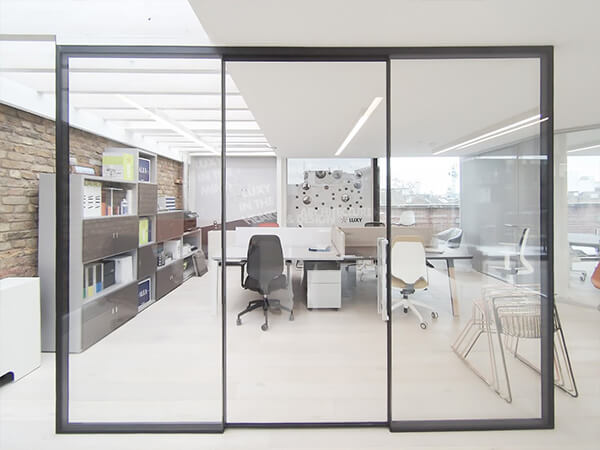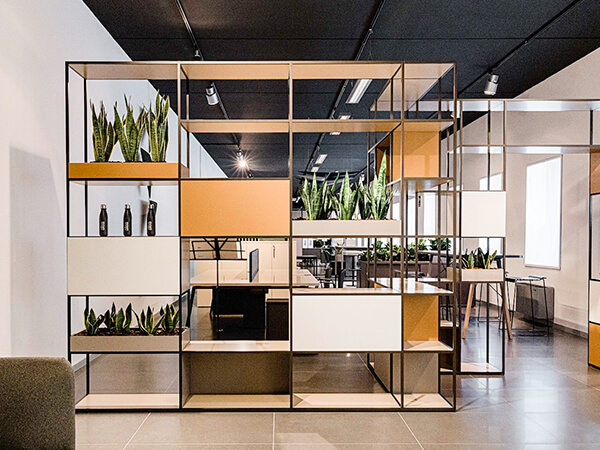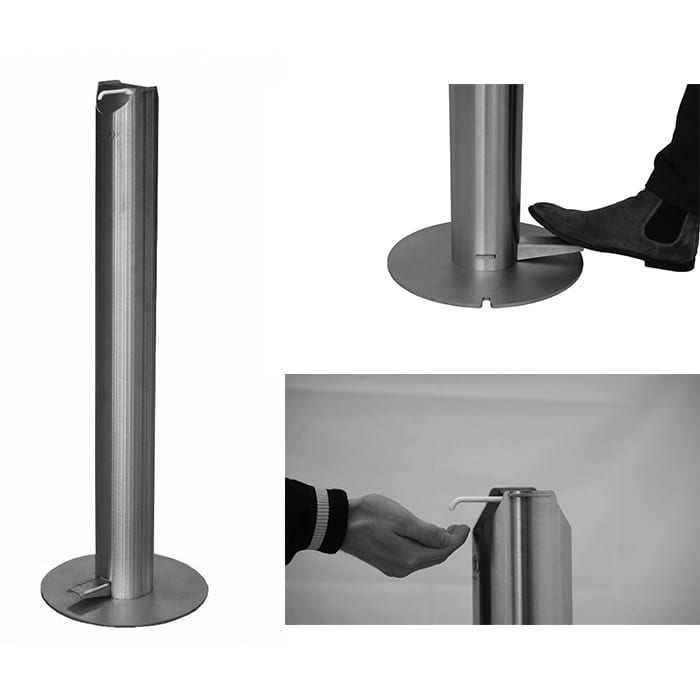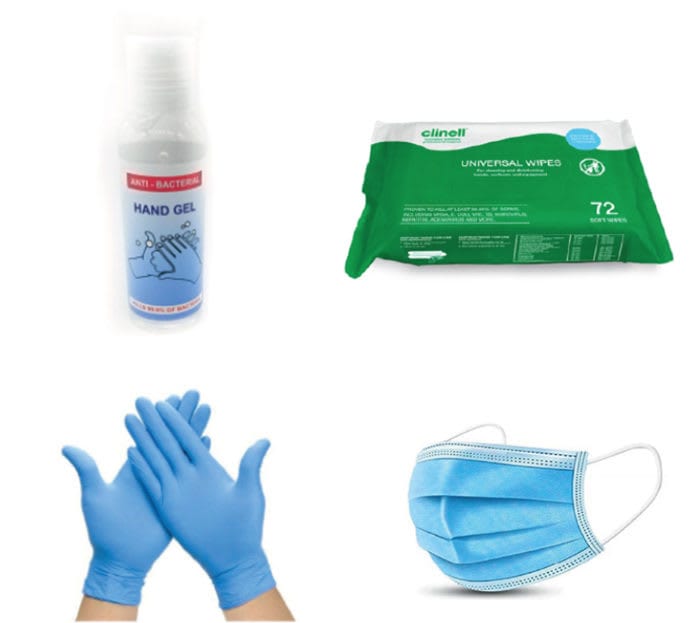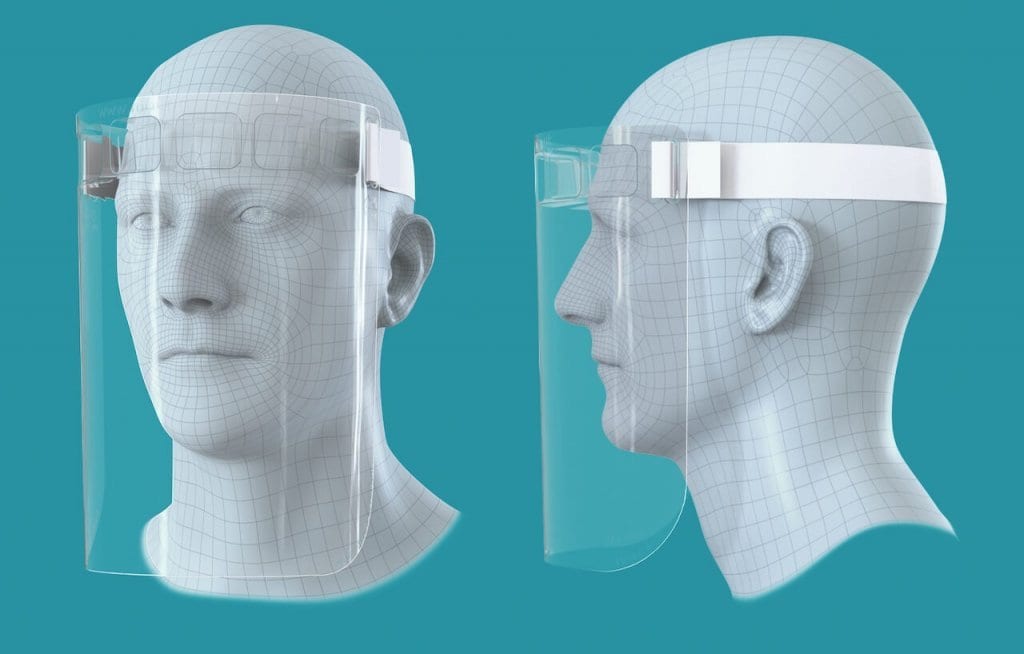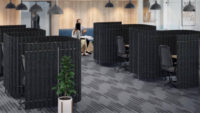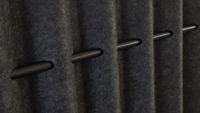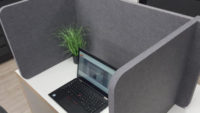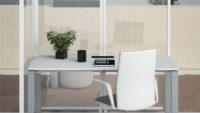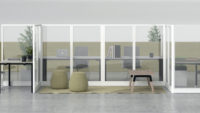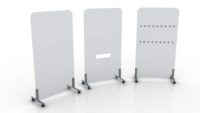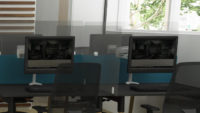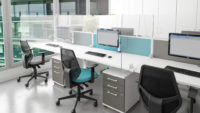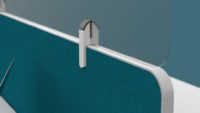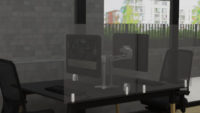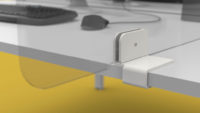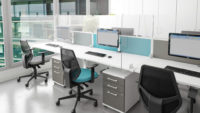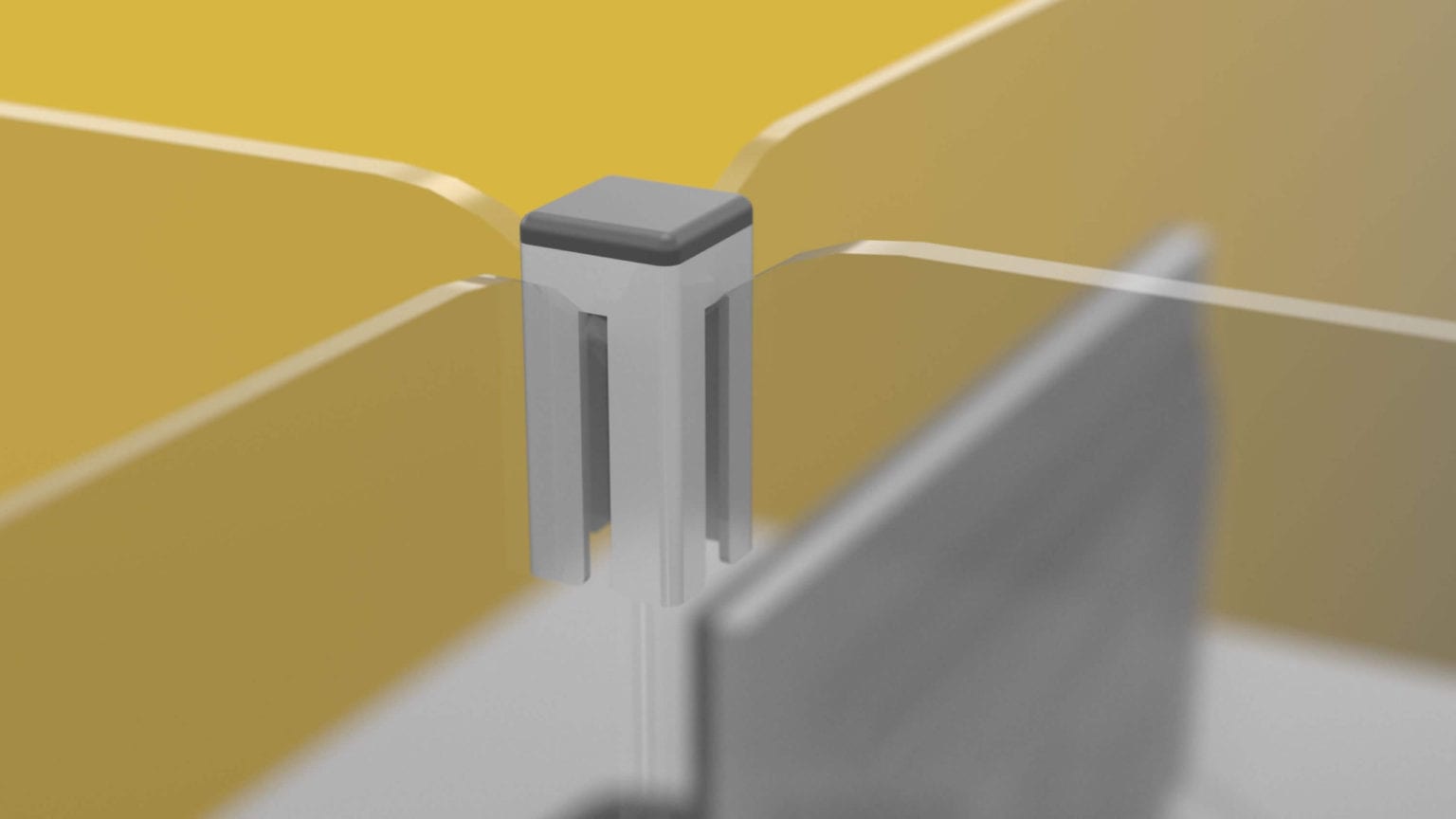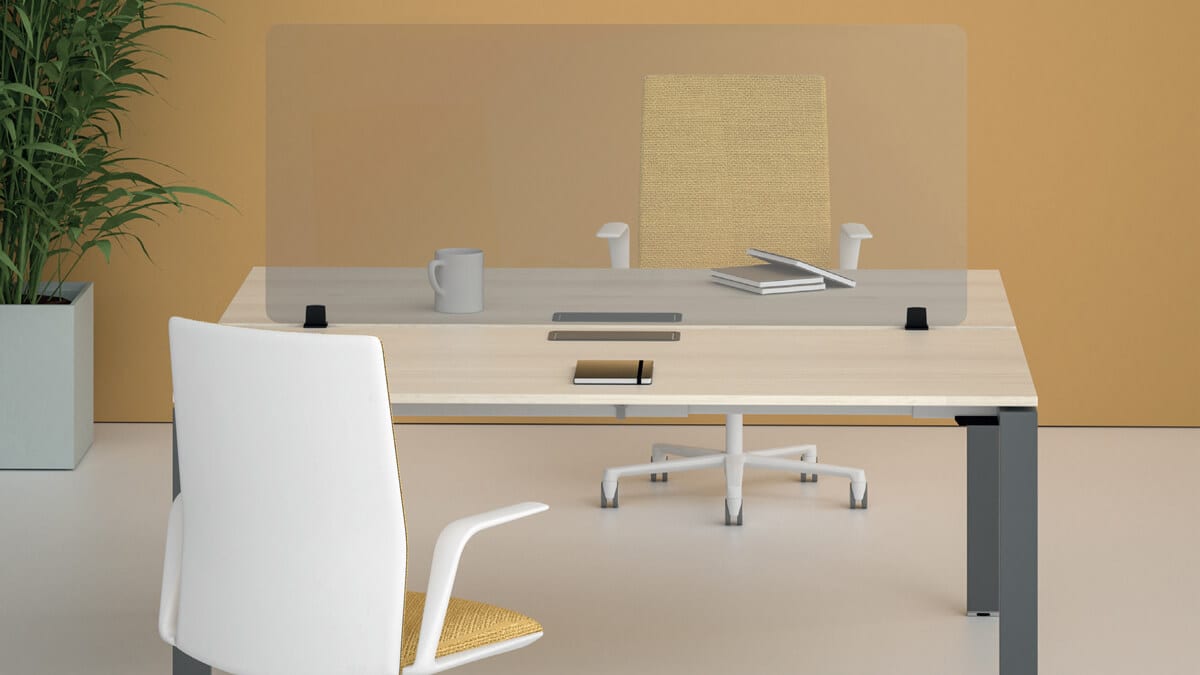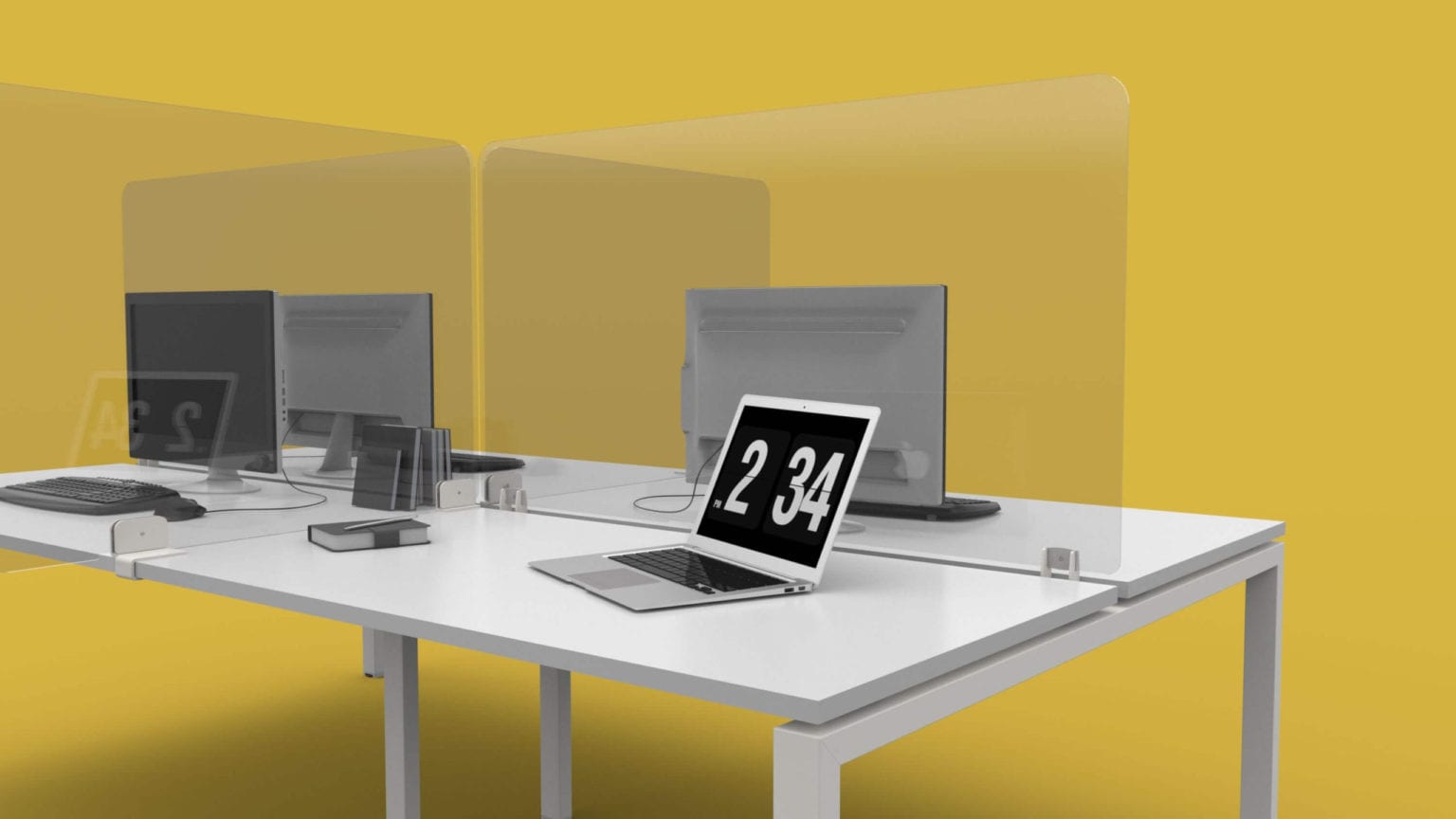Nothing can beat the vintage charm of wooden furniture to enhance the allure of your home. The beauty of timeless furniture is that it can last for generations if handled with care and is protected from wear and tear.
Hence, the life expectancy of furniture can be exponentially increased if we adhere to a few basic principles. So follow these 7 actionable maintenance tips to minimise any preventable damage to your furniture and ensure it grows old with you. Furthermore, some bonus points await you, so don’t forget to make mental notes.
We can’t wait to get started. Here we go!
- Minimise exposure to the sun.
Ensure that your furniture is not placed near uncovered windows or anywhere where it can be directly exposed to the sun’s powerful ultraviolet (UV) rays. Also, keep the furniture in the dark when not in use. The reason is that sunlight triggers ‘spotting’ (a phenomenon in which bright and dark spots appear around the furniture’s cross-sections) and might cause degradation to most components, including wood, coatings, and fabric. The furniture damage will be directly proportional to the intensity and duration of light exposure.
Bonus tips:
– Install curtains, window films or protectors to block UV rays.
– Cover the furniture with an opaque tablecloth. - Maintain a dusting regime
It is important to regularly dust your furniture to avoid abrasive particles building up into a filmy layer and scratching the surface. Unfortunately, furniture dust may also trigger allergies or cause asthma attacks. Ideally, the best dusting tool will hold the dust instead of dispersing it into the air, where it will float only to hit the furniture again.
Bonus tips:
– Alternatives to feather dusters include cotton t-shirts, cloth diapers, and microfiber towels.
– Dampen the microfiber to trap dust, then wipe dry to eliminate residual moisture. - Use coasters and placemats.
Always place coasters or placemats under glasses or mugs containing very cold or hot liquids to avoid direct contact with furniture. Furthermore, when serving meals, never keep your dining ware carrying hot food without using a hotplate or potholder. Extreme heat and moisture can cause wood furniture to warp and deform. Also, heat rings, water stains, and food spills can cause your wooden table to appear tarnished.
Bonus tips:
– Table linens can be used, too, instead of coasters as a quick fix.
– Use coasters made of cork as they absorb moisture well. - Fight furniture odour
It’s not uncommon for our older furniture to develop an unpleasant odour caused by moisture and environmental conditions. Unfortunately, hot, soapy water or sun exposure is enough to remove it. You can, however, use a spray bottle filled with white vinegar or apple cider vinegar and water in a ratio of 1:1, then spray the area and allow it to air dry — this may do the trick.
Bonus tips:
– Hide activated charcoal freshener bags in the corners of furniture.
– Let a bowl of coffee beans or baking soda sit inside the furniture for a week. - Treat stains immediately
Regardless of how protective you are about your furniture, it will stain eventually. As long as you don’t leave the stain unattended for too long, there are multiple ways to scrub it away. You should, however, be aware that using all-purpose cleaning sprays or water on wood furnishings can do more harm than good, as it can damage the finish and require professional care unless your furniture is plastic-coated. A dampened, lint-free cloth dipped in warm, soapy water is the easiest way to eliminate greasy stains, and vinegar also works wonders at removing dark spots.
Bonus tips:
– For crayons or paint stains, apply mayonnaise for a couple of minutes.
– Using a non-gel-based white toothpaste and baking soda paste might help with stubborn stains such as white rings. - Keep pets at bay
No wonder our furnishings take so much abuse from the furry companions we share our homes with. Pets leave scratch marks, chew on table legs, and shed hair on furniture to mark their territory, making furniture damage an inevitable part of animal ownership. Cats, especially, use upholstery furniture like couches and wooden furniture as scratch posts. Thus, keeping their nails manicured and investing in a scratching post can cause less destruction.
Bonus tips:
– Protect your furniture with washable blankets and slipcovers.
– Spraying eucalyptus, lavender, citrusy and cinnamon odours on furniture to deter pets might get the task done. - Be mindful of the relative humidity.
Excessive humidity or dryness in the atmosphere is detrimental to the texture of the furniture. It happens because the wood absorbs moisture, causing it to shrink and swell abnormally due to internal stresses. In addition, the pressure causes the furniture components to fall apart, resulting in deformation. Even worse, excess moisture can impede fungal growth. Similarly, excessive dryness can cause the coating to become brittle and chip off over time. So, to begin with, keep your furniture away from sources of moisture, such as leaking pipes and damp walls, as well as heat sources like radiators and so on.
Bonus tips:
– Use a humidistat to achieve stable relative humidity.
– Use camphor or naphthalene balls to control humidity-induced moisture.
Wrapping Up
The appearance of your office speaks volumes about your company’s image. It goes without saying that office furniture profoundly impacts the aesthetics of our work environment, and we should do everything in our power to keep it looking as good as new.
Being swamped with work, you might not think about office furniture maintenance too often, but it can give you peace of mind by increasing the longevity of your furniture. With the above furniture care tips, we hope maintaining furniture will seem a little less challenging. Get more furniture-related tips and tricks by browsing our blog.


